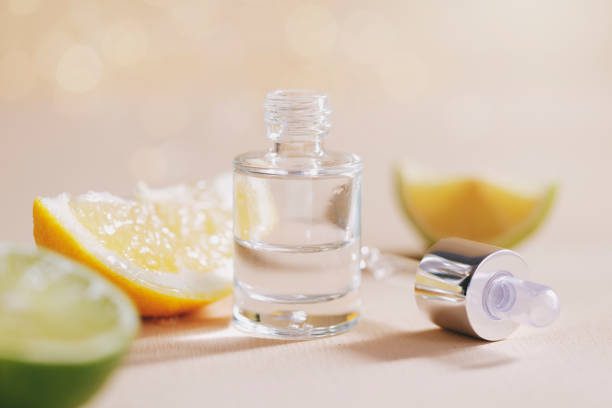When it comes to achieving radiant, youthful skin, two words often dominate the conversation: retinol and tretinoin.
These skincare heavyweights are celebrated for their ability to tackle wrinkles, fade dark spots, and banish breakouts.
But with so much buzz surrounding them, how do you decide which one is the right match for your skin?

Choosing between retinol and tretinoin can feel like navigating a maze. Both are part of the powerful retinoid family, but their differences can make or break your skincare goals. Are you looking for a gentle solution to maintain glowing skin? Or do you need a fast-acting remedy to combat stubborn acne or deep wrinkles?
Let’s unravel the mystery of these two skin-transforming ingredients and find out which one deserves a spot in your routine.
Table of Contents
What Are Retinol and Tretinoin?
Retinol is a gentler, over-the-counter vitamin A derivative found in many serums and creams. It works by increasing cell turnover, improving texture, and boosting collagen production over time. Retinol is ideal for beginners or those with sensitive skin.

Tretinoin, on the other hand, is a prescription-strength retinoid. It’s more potent than retinol and works faster to address skin concerns like severe acne, deep wrinkles, and noticeable discoloration. However, it may cause more irritation during the adjustment period.
How Do They Work?
Both retinol and tretinoin belong to the retinoid family, meaning they work in similar ways. They speed up cell turnover, encouraging your skin to shed old cells and make way for new, healthy ones.
This process can reduce fine lines, fade dark spots, and smooth out rough patches.
The key difference lies in their strength. Retinol needs to be converted into retinoic acid (the active form) by your skin, which takes time. Tretinoin, however, is already in its active form, making it faster and more effective—but also harsher.
Which Is Right for Your Skin?
Deciding between retinol and tretinoin depends on your skin’s needs, sensitivity, and goals.
If You’re New to Retinoids
Start with retinol. Its gradual effects allow your skin to adapt without overwhelming it. Retinol is particularly great for those in their 20s or early 30s looking to prevent fine lines and maintain youthful skin.

If You Have Sensitive Skin
Retinol is the safer bet. It’s less likely to cause redness, flakiness, or irritation compared to tretinoin. Pair it with a gentle moisturizer to keep your skin hydrated.
If You Need Fast Results
Tretinoin is your go-to. Whether you’re battling persistent acne or addressing advanced signs of aging, tretinoin’s potency delivers quicker and more noticeable improvements.
If You’re Battling Severe Acne or Sun Damage
Tretinoin is often prescribed for stubborn acne and significant sun damage. Its powerful formula helps unclog pores and repair damaged skin. However, be prepared for an adjustment phase with possible dryness and peeling.
Tips for Using Retinol and Tretinoin
No matter which one you choose, following these tips will maximize results and minimize side effects:
- Start Slowly: Use retinol or tretinoin 2–3 times a week initially. Increase frequency as your skin adjusts.
- Moisturize Generously: Both products can dry out your skin. Pair them with a hydrating moisturizer to maintain balance.
- Apply at Night: Retinoids make your skin more sensitive to sunlight, so apply them in the evening.
- Always Use Sunscreen: Protect your skin from UV damage by wearing SPF 30 or higher daily.
- Be Patient: Visible results take time—usually 8–12 weeks. Stick to your routine, and your skin will thank you.
Can You Use Both?
Some advanced skincare enthusiasts use retinol and tretinoin in the same routine, but this approach requires caution.
Layering these products can lead to irritation. Instead, alternate their use or consult a dermatologist for advice tailored to your skin.
Final Thoughts
Choosing between retinol and tretinoin doesn’t have to be overwhelming. For beginners or those with sensitive skin, retinol offers a gentle introduction to the world of retinoids.
If you’re ready for a more intensive approach to tackle stubborn issues, tretinoin might be the better option.
Whichever you choose, consistency is key. With patience and proper care, both retinol and tretinoin can help you achieve healthier, more radiant skin.
Photo | pexels











